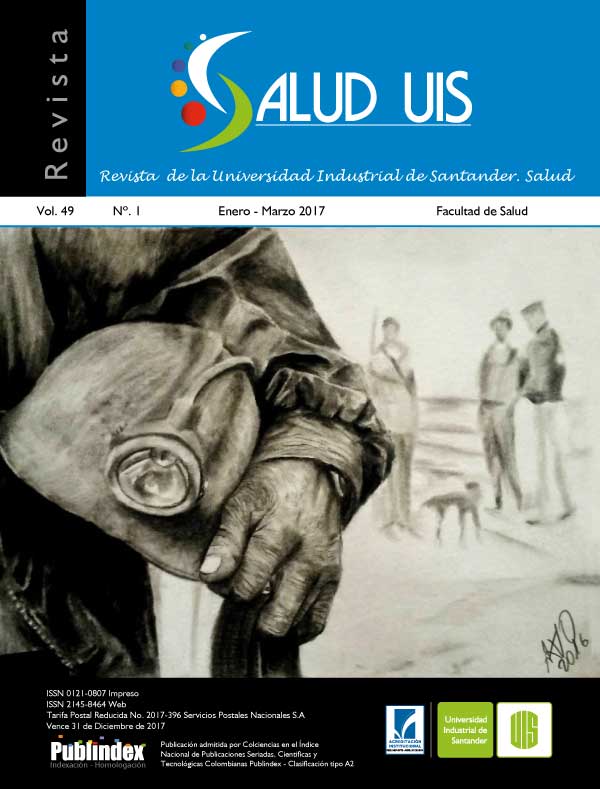Abstract
Introduction: Sulfonylureas remain with metformin as the most used drug treatment for type 2 diabetic patients and remain the most prescribed anti-diabetic in some regions of the world. Target: Evaluate prescribing glyburide in aspects related to contraindications, dosage, and prevention of adverse effects, in the treatment of type 2 diabetic patients attending a health institution low complexity in Cartagena de Indias, Colombia. Methodology: Descriptive study with approach from the pharmaco-epidemiology specifically directed to the field of studies of drug use, based on the data collected through review of medical records of 331 type 2 diabetic patients over 18 years in a primary health care in the city of Cartagena de Indias between 2013 and 2014. demographic, clinical and paraclinical variables, the therapeutic plan and prescription quality were studied. Data was analyzed using descriptive statistics. Results: 57 % (189) patients using glyburide. In 59.3% (153) inappropriately prescribed glibenclamide. 45.5% (86) of the patients had a contraindication to the use of the drug. In 1% of patients were prescribed the sample exceeding the therapeutic dose range Conclusions: The quality of prescribing glyburide was inadequate in a substantial proportion of patients, it is necessary to implement educational strategies that enable medical personnel to ensure proper use of antidiabetic drugs. Glyburide compared with other second-generation sulfonylureas gives us more disadvantages than advantages.Se autoriza la reproducción total o parcial de la obra para fines educativos, siempre y cuando se cite la fuente.
Esta obra está bajo una Licencia Creative Commons Atribución 4.0 Pública Internacional.
Downloads
Download data is not yet available.
